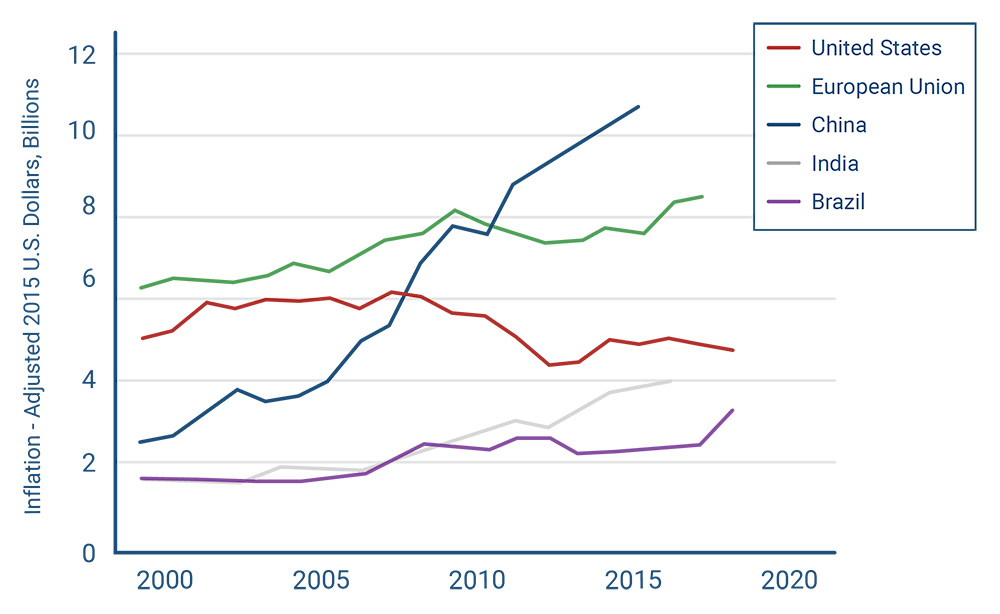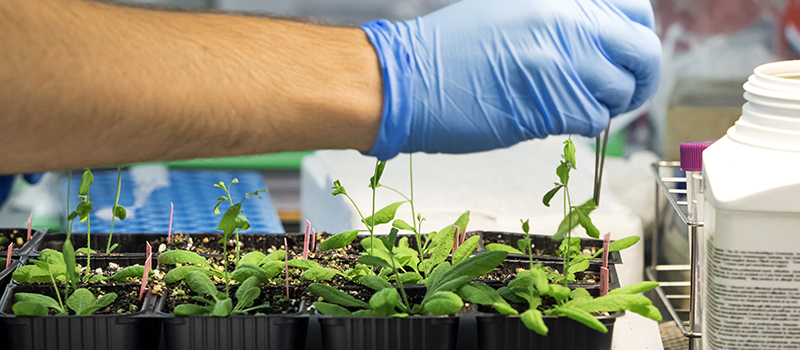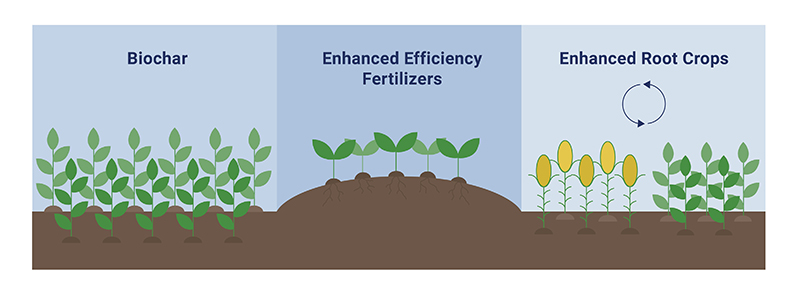- Tripled agricultural productivity over the last 50 years.
- Have economic benefits: Every $1 spent on agricultural innovation generates $20 for the U.S. economy.
- Innovation and improvements to efficiency reduce emissions from the Agricultural sector- which accounts for 25-35% of global emissions.






